As recently as 2020, I was naively confident I’d live most of my life without the proverbial brown stuff hitting the fan where climate is concerned.
I never devoted much thought to what a ‘fan strike’ would look like, but given the extent of our meddling with the biosphere, I knew it would be blindingly obvious. Four Horsemen of the Apocalypse type stuff.
I say ‘most’ of my life because I reckoned I’d be in my 70s before fan strikes were happening on a global scale, but looking around just now, I’m starting to wonder if the Horsemen aren’t already here?
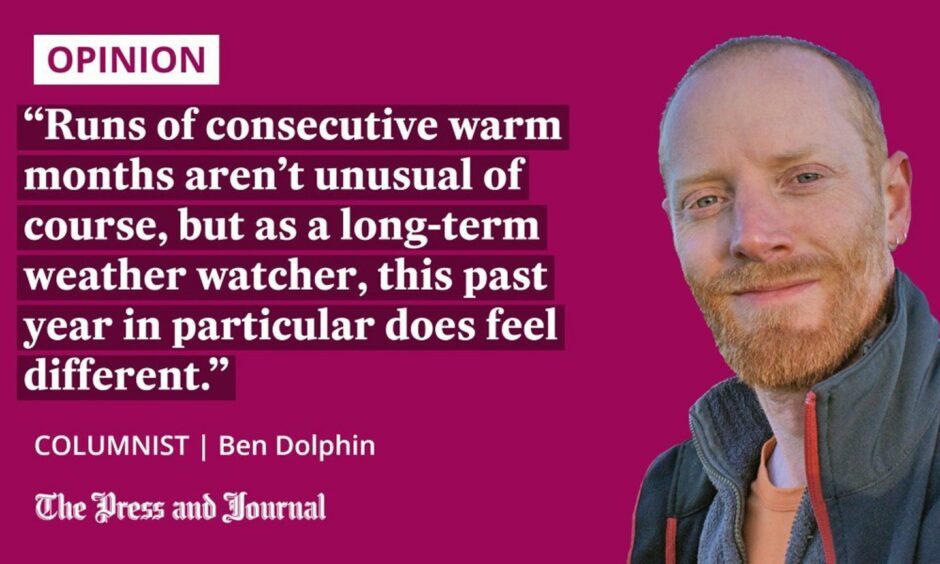
As a weather nerd with a weather station and 12 years of weather data, I can see for myself how things have changed locally in that short time. Every calendar month, every season, shows an upward trend in average temperatures. But while it’s been sustained, it’s also been steady.
I therefore sought comfort in the belief that any transition from stability to instability would be equally steady, proportionate to the pace of temperature increase. But recent months have suggested that’s not how it’s going to work.
Even taking into account our warmer modern climate, temperatures (especially at night) have been anomalously high since June 2021. Even in a warm year I’d get a mix of months where some are on the warmer side and some are on the cooler side. I’d still see some variability. But I’m currently in the 14th consecutive month of that not happening. There’s only warmth.
Runs of consecutive warm months aren’t unusual of course, but as a long-term weather watcher, this past year in particular does feel different, like something has shifted.
The UK reaching 40C heat is significant
Last month, my weather station reached 30C for the first time. Not only is that kind of temperature unprecedented at 1,000ft in Fife, but it came before midday. That’s insane! Even the pre-dawn forecast for the Cairngorms summits, at 4000ft, was 23C, and perhaps as high as 35C’ in the glens!
On 18th July, for posterity, I snapped a photo of the mountain forecast for the Pennines because I’d never seen one like it. Nobody had.
‘Hottest in eastern Dales, where locally perhaps 40C’.
An insane forecast. I'm snapping a photo!!! https://t.co/P6HwwFSGXG
— Ben Dolphin 🏴❄️🇺🇦 (@CountrysideBen) July 18, 2022
This wasn’t the southeast of England. This was the north. The hills.
It’s hard to overstate just how significant 40C in the UK actually is. On the one hand, yes, it’s an arbitrary and purely psychological barrier, 40.0C having much greater resonance than 39.9C could ever have, despite just 0.1C difference. But it’s still a threshold that was nigh impossible to breach until recently.
I think most weather bods expected it at some point, but not for years or even decades. The reason being, temperature records are broken infrequently and incrementally. Often by just fractions of a degree.
Infrequent and incremental has become frequent and substantial
Until last month, Scotland’s record high was 32.9C, which was set in 2003. That temperature was a mere 0.1C higher than the previous record, which had stood for 102 years. Similarly, the UK’s highest temperature, an already intolerable 36.7C, stood for 80 years until it was surpassed by 0.4C in 1990.
But a new UK record has been set three more times since then, and now stands 3.4C higher than 1990. The 34.8C recorded near Kelso last month didn’t nudge past the 2003 record, it obliterated it. 1.9C mightn’t sound much, but anything other than incremental increase where the most extreme extremes are concerned, is alarming.
🌡️ Charterhall in the Scottish Borders has provisionally set a new maximum temperature record for #Scotland today
📈 The temperature rose to 34.8°C earlier this afternoon, exceeding the previous record of 32.9°C recorded in Greycrook on 9th August 2003#heatwave #heatwave2022 pic.twitter.com/hZXMvOIRGA
— Met Office (@metoffice) July 19, 2022
Evidently, we’re not talking infrequent and incremental these days. We’re talking frequent and substantial.
Personally, it never really occurred to me that ‘infrequent and incremental’ wouldn’t continue to be the case, but 49.6C being recorded at Lytton in Canada last year was a wake-up call. It was truly shocking to see Canada break its national record by a massive 4.6C. No fractions at work there.
But even then, because Canada is a far-off country with greater extremes of weather than the UK, I still didn’t entertain the prospect of it happening here in a similar ‘all at once’ fashion.
Nothing feels impossible anymore
I wonder if climate is like a fatally compromised, leaky dam. For most of the time the leak is a trickle. Small, yes, but incrementally larger over time until suddenly the dam collapses and the trickle becomes an unstoppable flood. The worst comes all at once.
Given recent developments, sudden shifts now feel more likely than anything gradual. I wouldn’t be surprised if, instead of winters gradually getting warmer and more snowless, they simply didn’t happen any more.
Might they switch almost overnight, from being mild with a couple of cold outbreaks, to just being 12C and cloudy and wet for three months?
Jury’s out, but in this planetary science experiment without precedent, nothing feels impossible any more. I’m sure we will, however, continue to be surprised. Just not in a good way.
Ben Dolphin is an outdoors enthusiast, countryside ranger and former president of Ramblers Scotland.
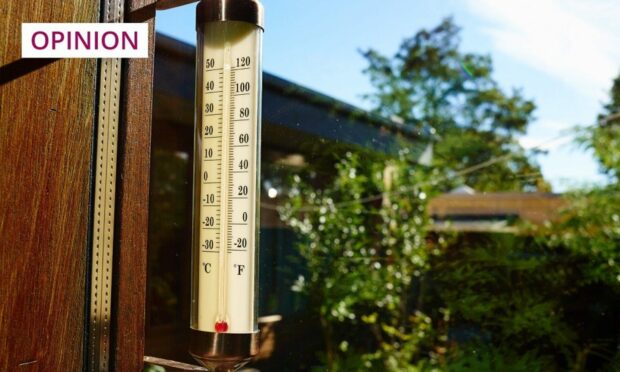
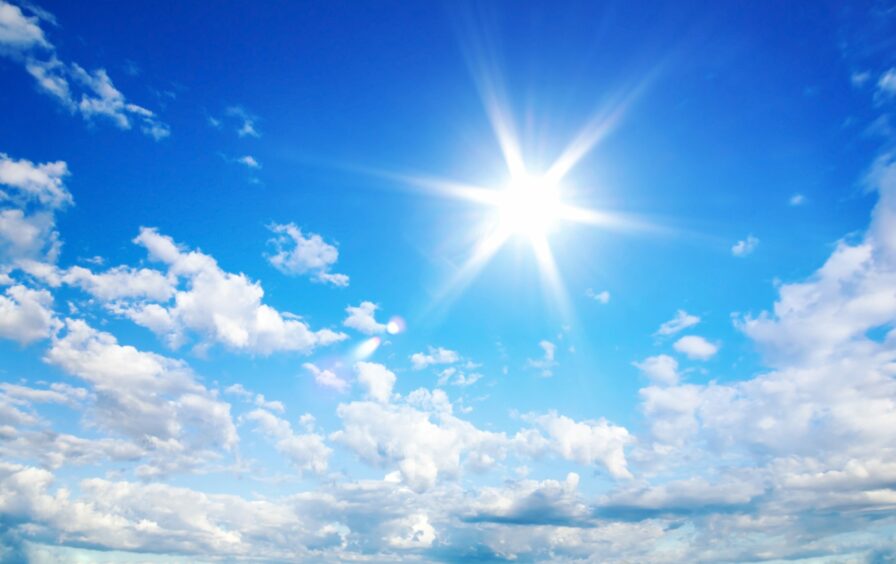
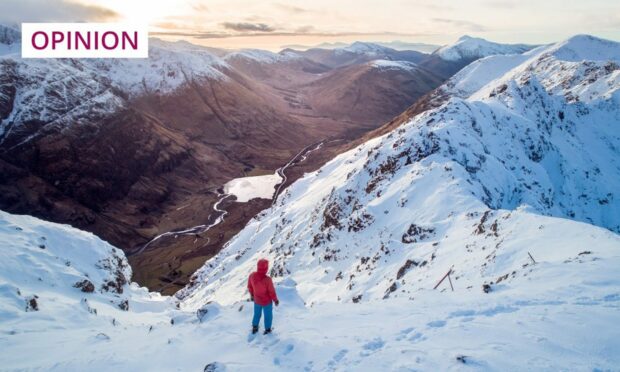

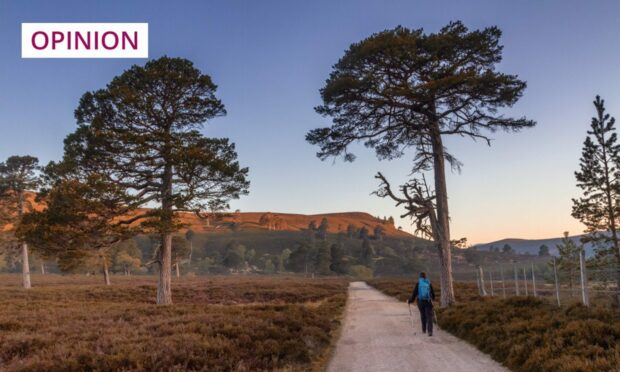
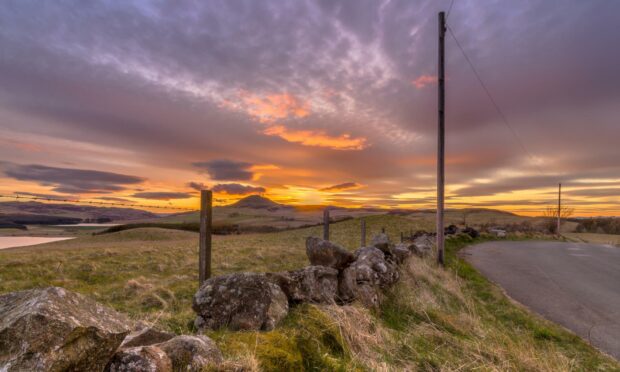
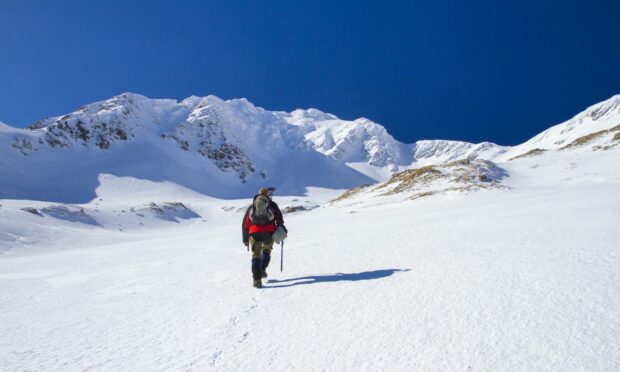










Conversation